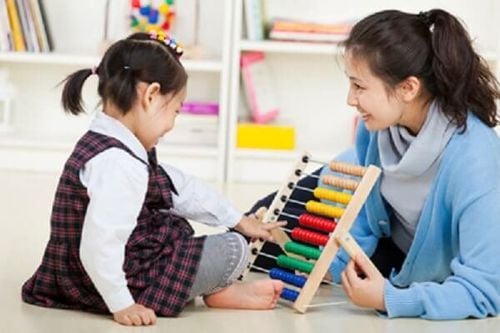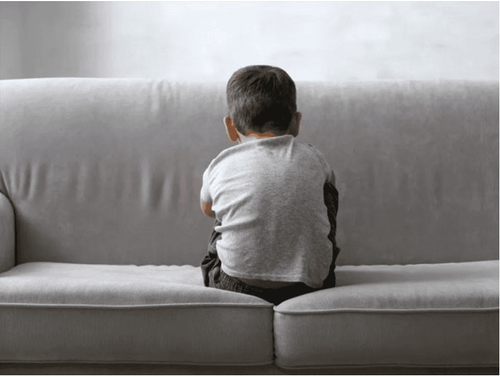This is an automatically translated article.
Posted by Bachelor Nguyen Thi Minh Huyen - Special Education Specialist - High-Tech Unit for Treatment of Cerebral Palsy and Autism - Vinmec Times City International Hospital.
Children with special needs in general or children with autism in particular face certain difficulties in daily living skills. The goal of the child's intervention is to lead the child to lead an independent life first. Therefore, educating children on self-help skills is always prioritized as one of the goals for children with autism. So how can parents teach self-help skills to autistic children when they have many problems with listening comprehension and perception?
1. Always give children the opportunity to do their own activities
In daily life at home, there are many opportunities to educate children on self-help skills, such as: picking up slippers, storing slippers, putting dirty clothes in the bin, putting garbage in the trash, take your own backpack to school, take your own spoon, eating bowl...etc. These are good opportunities for children to do things on their own. Parents and carers need to wait patiently for the child instead of doing it for them because they think the child is not capable of doing it.
SEE ALSO: Intervention program - Educating children with autism
2. Divide skills to teach children step by step
If normal children can learn on their own just by observing, special children need to be carefully guided by their parents or caregivers step by step. To teach self-help skills to children with autism, parents should break an activity into several small steps for the child to work through each step until they are proficient. Then when the child does the steps well, let them do it on their own.
For example:
Teaching children self-service skills such as brushing their teeth, parents need to break them down into each step as follows (steps can be divided according to the child's level and ability):
Step 1: Get a cup, take a cup brush
Step 2: Wet the brush
Step 3: Get toothpaste
Step 4: Brush teeth (front, chewing side, inner side)
Step 5: Rinse mouth, spit water.

Ba mẹ có thể dạy trẻ kỹ năng tự phục vụ
3. Gradually reduce support for children to try harder
In order to educate children on self-service skills, parents need to model for children to observe, work and talk to them at first. Then, when guiding children to perform, they need to support from a lot to a little. When children are not yet able to perform verbal instructions on their own, parents can provide physical support by holding the child's hand to help the child do it. After children get used to it, parents only support when needed with words and finally let the children do it themselves. Note that instructions should be brief and easy to understand, because children with autism often have difficulty in understanding language.
4. Always encourage, praise and encourage children when they make efforts to perform activities
Children will be very excited if they know they work and are praised. Children will be positively reinforced and will be more active in the following activities. Praise your child's efforts. Praise your child's efforts directly.
Example: Oh you took your own slippers, you're so good!
You can put your backpack on the high cabinet by yourself!
When encouraged and motivated, children with autism will be happy in all activities, enhance communication, thereby improving self-service education for children.
Please dial HOTLINE for more information or register for an appointment HERE. Download MyVinmec app to make appointments faster and to manage your bookings easily.













